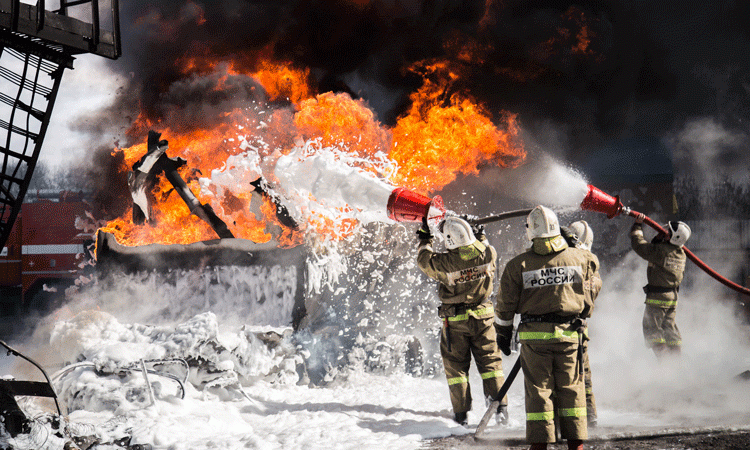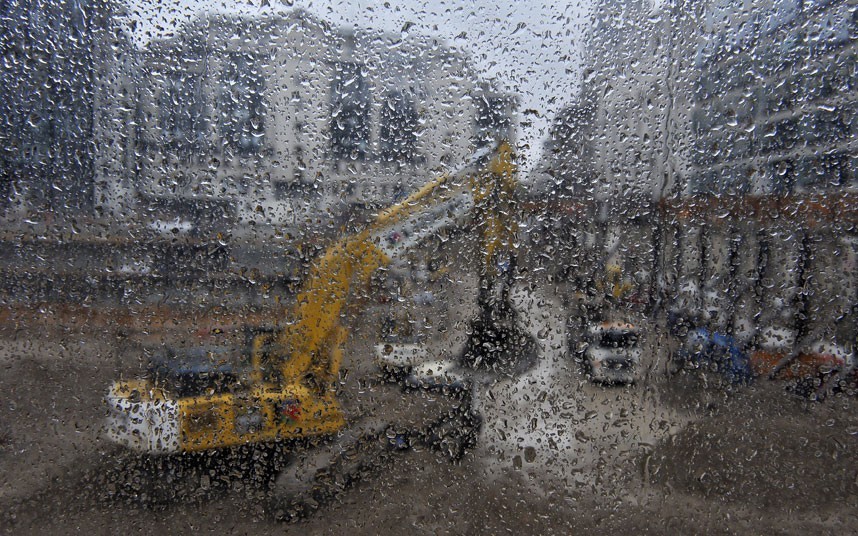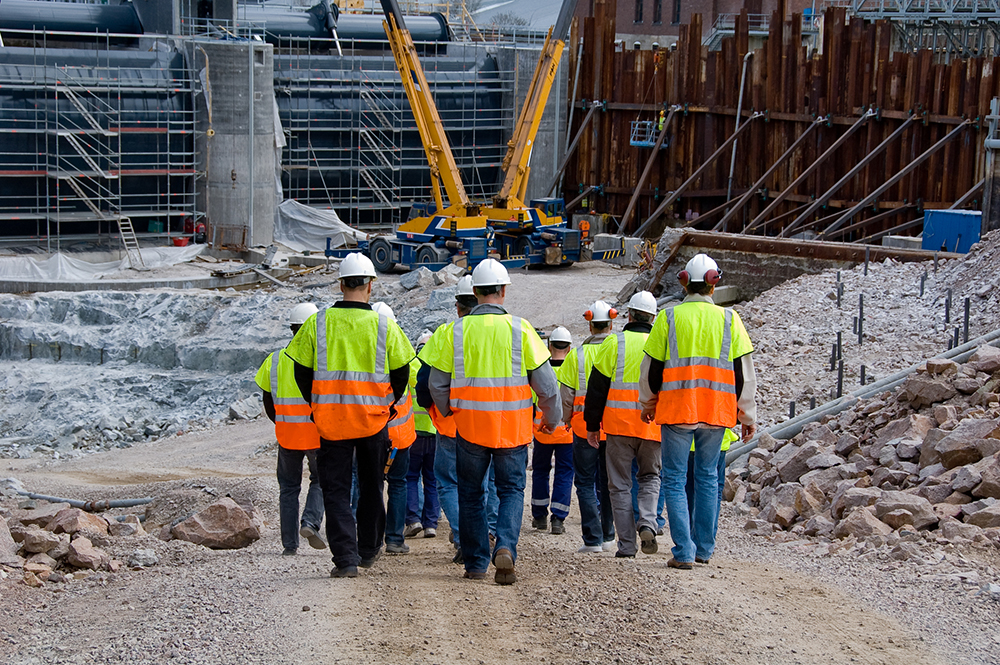1. What is Contamination?
Contamination in construction refers to the presence of hazardous materials or pollutants in soil, water, or air, which can pose significant health risks and environmental challenges. This can include chemicals, asbestos, lead, or biological agents that are uncovered or introduced during construction activities.
2. What does Contamination mean?
In the context of construction, 'Contamination' means the existence or introduction of substances on the construction job site that can cause adverse effects on human health, the environment, or the structural integrity of the construction itself. These substances can complicate construction efforts for General Contractors, requiring special handling, removal, remediation, or mitigation measures.
3. Contamination Example
A typical example of contamination in construction is the discovery of asbestos in an old building being renovated. Asbestos, once a common building material, is hazardous when disturbed, as its tiny fibers can become airborne and pose serious health risks if inhaled. Learn more about Asbestos from the US Environmental Protection Agency here.
4. The History of Contamination
In the past, the concept of contamination in construction was an after thought. Construction job sites would bury material, work without safety measures, and use tools or material that would cause contamination. Even if they knew it was contaminated, It was common practice to not adequately contain or dispose of hazardous materials, leading to widespread problems that we face today. Nowadays, we are more aware of the risks and the issue of contamination has become increasingly prominent with these past activities leaving behind a legacy of polluted sites and deaths. With urban expansion and redevelopment of industrial areas, construction projects frequently encounter contaminated lands.
5. Causes of Contamination
Contamination can arise from a variety of sources:
- Industrial activities: Past industrial or manufacturing processes that have left behind pollutants.
- Agricultural practices: Use of pesticides and fertilizers that remain in the soil.
- Improper disposal of waste: Landfills or illegal dumping of hazardous materials.
- Accidental spills: During transportation or storage of chemicals.
- Natural sources: Naturally occurring harmful substances like radon or arsenic in the soil.

6. Likelihood of Contamination
The likelihood of encountering contamination depends on the prior use of the site and its surrounding areas. Urban and industrial areas are particularly prone to contamination issues, whereas undeveloped land might have a lower risk, though not necessarily devoid of natural contaminants. As a result, it's hard to provide a common likelihood rating - but it's definitely not N/A! 😅
7. Consequence / Impact of Contamination
The impact of contamination can range from minor, where contaminants are easily removed, to severe, where extensive remediation is required and risk of death to workers. Health risks to workers and future occupants, potential legal liabilities, delays, and increased costs are common consequences of dealing with contaminated sites. Both Project Owners, Project Managers and General Contractors should be aware of contamination impacts and do their best to treat them.
8. Contamination Clauses in Construction Contracts
Contamination clauses appear in Standard Form Contracts in Australian and North America, with contract authorities such as Standards Australia and AIA Contract Docs respectively. AIA Contract Docs clauses require General Contractors to report and possibly adjust contracts for unexpected 'site conditions' like pollutants. Standards Australia's AS 4000-1997 includes 'latent condition' clauses that deal with unforeseeable subsurface contaminants, mandating notifications and potential contract adjustments. It is important to read and understand your contract and how contamination may affect your project.
9. Mitigations and Treatments for Contamination Risk
Mitigating and treating contamination risk on your capital project will be important protect human health, comply with environmental regulations, and avoid costly disruptions and delays. Here’s an outline of strategies and treatments commonly employed to manage this risk:
Risk Assessment and Planning
- Environmental Site Assessment (ESA): Conduct an environmental site assessment or study to identify potential or existing environmental contamination risks before construction begins.
- Detailed Site Investigation: If contamination is suspected, further detailed investigations using soil, water, and air testing should be conducted to determine the extent and type of contamination.
Remediation Techniques
- Move the Project: If contaminated land is present, considering moving the site to avoid costly excavation adn removal.
- Excavation and Removal: Physically removing contaminated soil is a straightforward but sometimes costly solution, especially if the contamination is extensive or if the contaminated material requires special disposal methods.
- Stabilization and Solidification: Involves adding binding materials to contaminated soil or waste to prevent the spread of contaminants. Sometimes covering the material with protective layers and marketings, and then constructing ontop.
- Vapor Mitigation Systems: Used particularly for volatile organic compounds (VOCs) that can emanate from contaminated soils or groundwater and infiltrate indoor air spaces.
- Bioremediation: Employs biological organisms, typically microbes, to degrade organic contaminants into less harmful substances.
- Chemical Treatment: Chemicals are used to neutralize hazardous elements directly in the soil or water.
Preventative Measures
- Encapsulating Barriers and Liners: Installing physical barriers, such as geomembranes or clay liners, can prevent the migration of contaminants.
- Landscaping and Design Alterations: Designing project layouts to avoid disturbing contaminated areas or to minimize exposure.
- Proper Material Handling and Storage: Ensuring that all materials, particularly those that could become contaminants, are properly handled and stored to prevent spills or leakage.
Contractual and Legal Preparedness
- Clear Contractual Provisions: Contracts should clearly define roles, responsibilities, and liabilities associated with contamination to ensure all parties understand their obligations and rights.
- Insurance Coverage: Obtaining pollution liability insurance can provide financial protection against unforeseen contamination issues.
- Regulatory Compliance: Ensure all local, state, and federal regulations are followed, particularly those related to hazardous waste handling and environmental protection.
Monitoring and Maintenance
- Ongoing Monitoring: Implementing long-term monitoring plans to ensure that remediation efforts are effective and that no residual contamination poses risks.
- Maintenance of Mitigation Systems: Regular checks and maintenance of any installed systems, such as vapor barriers or water treatment systems, to ensure they continue to operate effectively.
10. Risk Management and Reporting of Contamination Risk
As we've seen above, there are alot of considerations when it comes to Risk Management. Implementing Risk Management and Reporting controls will make managing this risk easy, and ensure success of your Capital Project.
- Risk Management Plan: Download a free Risk Management Plan Template and put a Risk Management process in place.
- Risk Register: Download a manual Risk Register Template or use an automated Risk Register solution to track all risks, causes, consquences and mitigations.
- Reporting: Create automated Risk Reports, Project Status Reports or Dashboards for communicating with stakeholders. If you need a free Report Template, you can find some examples here.

Why take the 'Risk'? 😂Start today with Mastt's fast, easy Risk Management solution
Replace spreadsheet risk registers instantly and unlock opportunities to complete Capital Projects earlier with reduced costs using Mastt.























